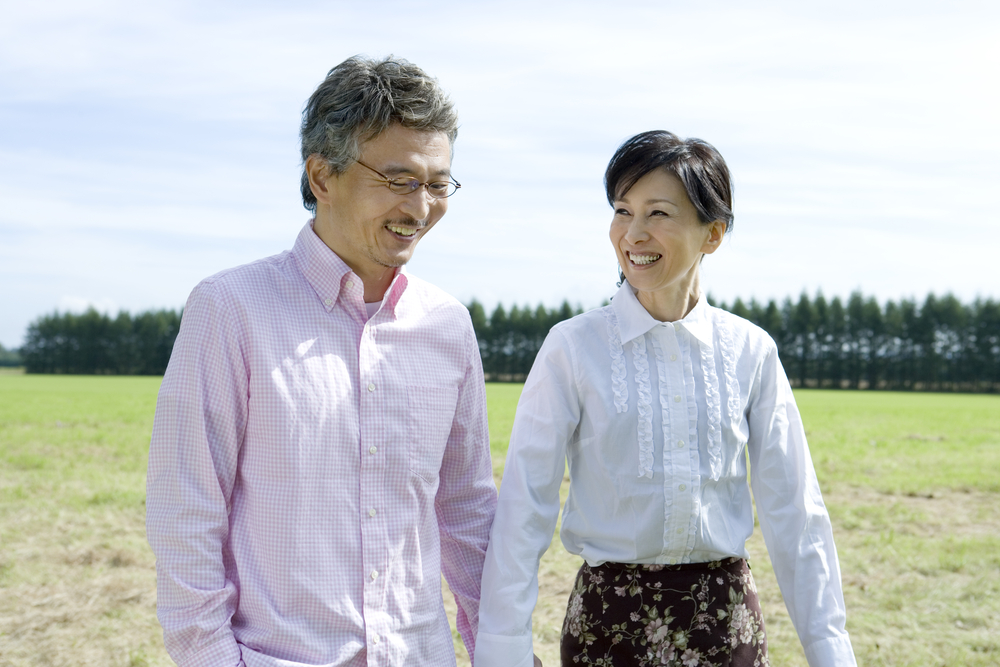Aging Population May Explain Why Pulmonary Sarcoidosis Resolution Rates Are Dropping in Japan

Japan’s aging population may explain why researchers there are finding lower rates of spontaneous resolution of pulmonary sarcoidosis, according to a study published in the journal Respirology.
The study is titled, “Resolution rate of pulmonary sarcoidosis and its related factors in a Japanese population.”
Pulmonary sarcoidosis involves the lungs and certain lymph nodes. Previous studies have determined that this type of sarcoidosis can spontaneously be resolved, requiring no systemic therapy, as shown by chest radiographs. Possible underlying factors of this resolution include a person’s young age, early stages of the disease, and the absence of extra-pulmonary lesions.
However, as researchers wrote, “most of the previous studies, including the two from Japan, were conducted several decades ago, and no similar surveys have been conducted in recent years.”
Researchers set out to fill in that data gap by evaluating recently diagnosed patients in Japan, the rate of resolution of pulmonary sarcoidosis, and factors that might explain this phenomenon.
The team identified 306 patients recently diagnosed with pulmonary sarcoidosis (between January 2000 and December 2009) in Sapporo, Japan. Pulmonary involvement was determined by chest radiographs.
Two physicians reviewed chest radiographs taken at the initial visit and at two- or five-year follow-up visits.
“We defined the ‘resolved group’ as those patients with normalization of abnormal chest radiographs at the 2- or 5-year observation points, and the ‘persistent group’ as those with remaining abnormal chest radiographs,” the researchers wrote.
The retrospective analysis showed that resolution rates were 17.9% at two-year follow-up, and 29.9% at five-year follow-up. These rates were lower than those reported in previous studies. One previous study showed normalization of chest radiographs in 73% of 457 patients at a five-year follow-up.
Patients under 40 showed higher rates of resolution. And patients with no extra-pulmonary organ involvement saw pulmonary sarcoidosis resolution within five years.
Taken together, these results show that “the overall rates of resolution of pulmonary sarcoidosis were apparently lower than those reported in the previous studies conducted decades ago in Japan,” the team wrote.
The aging of the Japanese population could explain these discrepancies, as the mean age in the current patient cohort analyzed was 45 years, while in previous studies it was 30.
“The clinical course of pulmonary sarcoidosis may be changing, showing a tendency not to resolve. At least in part, this may be due to the ageing of the Japanese population,” the authors concluded.






